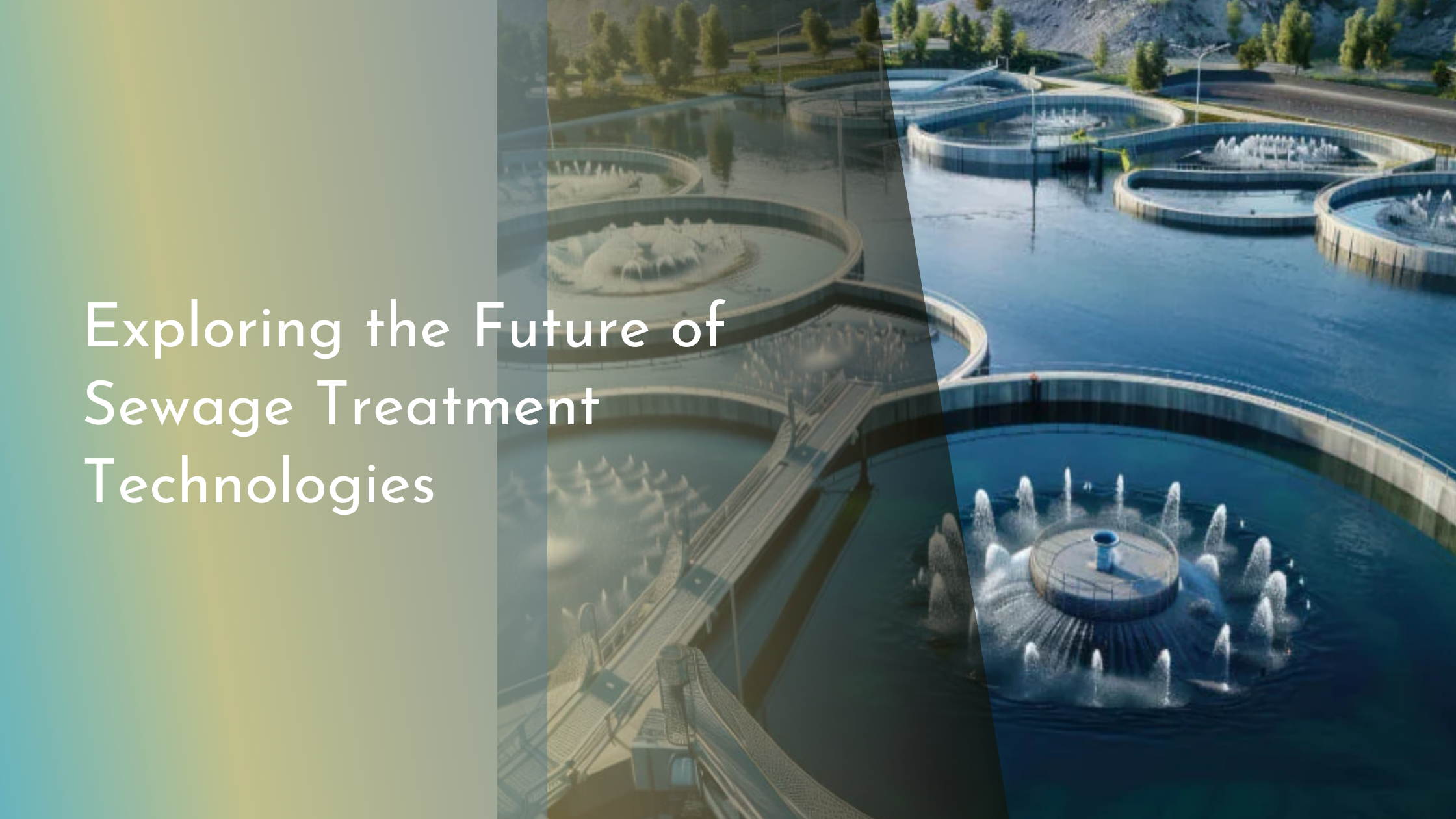Exploring the Future of Sewage Treatment Technologies
The world is on the brink of a transformation in how we manage and treat sewage. As populations surge and urban areas swell, the demand for efficient and sustainable sewage treatment technologies becomes ever more pressing. Fortunately, a wave of innovation is sweeping through the industry, promising not only to revolutionize how we handle wastewater but also to protect our valuable water resources. In this article, we will explore the forefront of sewage treatment technologies, focusing on groundbreaking innovations, nature-inspired solutions, technology-driven systems, and the sustainable future they herald.
Innovations in Sewage Treatment: A New Era Begins
The era of traditional wastewater treatment methods, characterized by large energy consumption and heavy infrastructure, is gradually being reshaped by innovative technologies. One of the most promising developments is the advent of membrane bioreactors (MBRs). These systems combine biological treatment processes with membrane filtration, offering a more compact and efficient solution for treating sewage. MBRs not only provide superior effluent quality but also significantly reduce the footprint of treatment facilities, making them a viable option for urban centers facing space constraints.
In addition to membrane technologies, advanced oxidation processes (AOPs) are gaining traction as a powerful tool for treating complex wastewater. AOPs deploy chemical reactions involving ozone, hydrogen peroxide, and UV light to break down even the most stubborn contaminants. These cutting-edge systems are particularly effective at removing pharmaceuticals and microplastics, which are often resistant to conventional treatment methods. As these innovations continue to evolve, the future of sewage treatment looks increasingly efficient and environmentally friendly.
Harnessing Nature: Biological Treatment Advancements
Harnessing the power of nature has always been an appealing approach to sewage treatment, and recent advancements in biological processes are proving just how effective this can be. Constructed wetlands, for example, are engineered systems that mimic the filtration capabilities of natural wetlands. These green technologies utilize plants, soil, and microbial action to treat wastewater in a sustainable and cost-effective manner. Constructed wetlands not only reduce pollutants but also provide habitat for wildlife, transforming wastewater treatment facilities into ecological havens.
Another exciting development in biological sewage treatment is the use of bioaugmentation, which involves introducing specific strains of microorganisms to enhance the breakdown of organic matter. This technique can accelerate the degradation of pollutants and improve the overall efficiency of treatment processes. As researchers continue to explore the potential of bioaugmentation, it could soon become a standard component of sewage treatment, offering a natural and effective solution to a global challenge.
Tech-Driven Solutions: Smart Sewage Management
The digital age is ushering in a new era of smart sewage management, where real-time data and advanced analytics play a crucial role in optimizing treatment processes. One such innovation is the use of Internet of Things (IoT) sensors to monitor sewage systems continuously. These sensors provide valuable data on flow rates, pollutant levels, and equipment performance, enabling operators to make informed decisions and promptly address any issues. In turn, this leads to more efficient resource use and reduced operational costs.
Artificial intelligence (AI) is another exciting frontier in sewage management. AI algorithms can analyze vast amounts of data to predict system behavior, optimize treatment processes, and even automate decision-making. By leveraging AI, treatment facilities can achieve higher levels of efficiency and reliability. As the integration of smart technologies progresses, the potential for creating self-regulating and adaptive sewage treatment systems becomes increasingly feasible, heralding a future where technology and environmental stewardship go hand in hand.
Sustainable Future: The Path to Clean Water
As the world grapples with climate change and water scarcity, the sustainability of sewage treatment is becoming ever more critical. One promising approach is the concept of resource recovery, where treatment facilities are designed to extract valuable materials from wastewater. Nutrients such as phosphorus and nitrogen can be recovered and reused as fertilizers, closing the loop in nutrient cycles and reducing the environmental impact of agricultural practices. Additionally, biogas produced during the treatment process can be harnessed as a renewable energy source, reducing the carbon footprint of treatment facilities.
The path to clean water is also paved with community engagement and public awareness. Educating communities about the importance of sustainable sewage treatment and water conservation is vital for fostering responsible water use. By involving citizens in monitoring and decision-making processes, societies can build a collective commitment to protecting water resources. With these combined efforts, the future of sewage treatment not only promises cleaner water but also a healthier planet for generations to come.
In conclusion, the future of sewage treatment technologies holds immense promise for a cleaner and more sustainable world. The blend of innovative solutions, nature-inspired techniques, and tech-driven advancements is setting the stage for a transformative shift in how we manage wastewater. As we embrace these changes, the potential for creating a sustainable and resilient water future is within our reach. By investing in these cutting-edge technologies and fostering a culture of environmental stewardship, we can ensure that our water resources are protected and preserved for the future.



